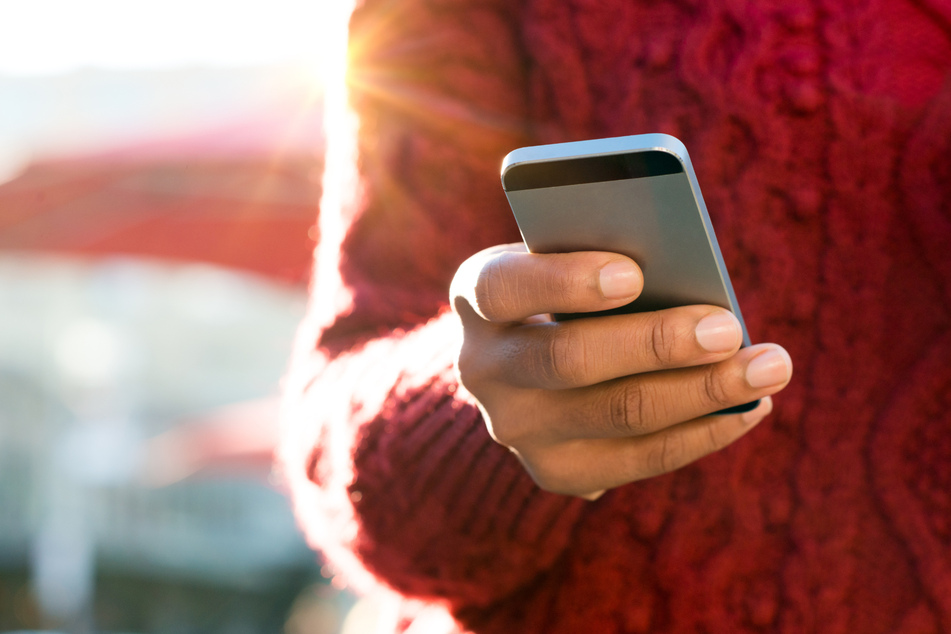How to protect your phone on a hot day
Smartphones, tablets, and other mobile devices find it just as hard as you do to make it through a heatwave, and if you want their batteries and displays to survive, you need to do more than just keep them out of direct sunlight.

On particularly hot days, you should also remove your phone or tablet's case if you plan on using it.
Above all, don’t put phones in your pants pocket, experts advise. Instead, your devices are better off in a handbag or backpack.
Sweat is also a danger if a device that isn't protected against water is worn close to the body. Moisture can penetrate the device and leave permanent damage.
It’s also never a good idea to put smartphones and the like in the refrigerator to cool them down, consumer protection experts warn. Dangerous condensation can form in the device if you do that.
Overheated devices that have switched themselves off should be left alone for a while to cool off – you shouldn't try to switch them on immediately.
Protect your devices from permanent heat damage
But how exactly does heat affect displays or batteries? It can damage the small liquid crystals or light-emitting diodes in the screen. What's more, batteries lose their charge faster in the summer sun and can even be permanently damaged by the heat.
Manufacturers warn against charging batteries in conditions where the temperature is above 100 degrees. Mobile devices should be kept in the shade, not only outdoors but also inside. Behind window glass, for example on the windowsill, the sun's rays are extremely concentrated.
The risk of overheating is also particularly high if devices are left on the dashboard in the car. There, the temperatures can climb to 140 or even 160 degrees.
Cover photo: 123RF/rido